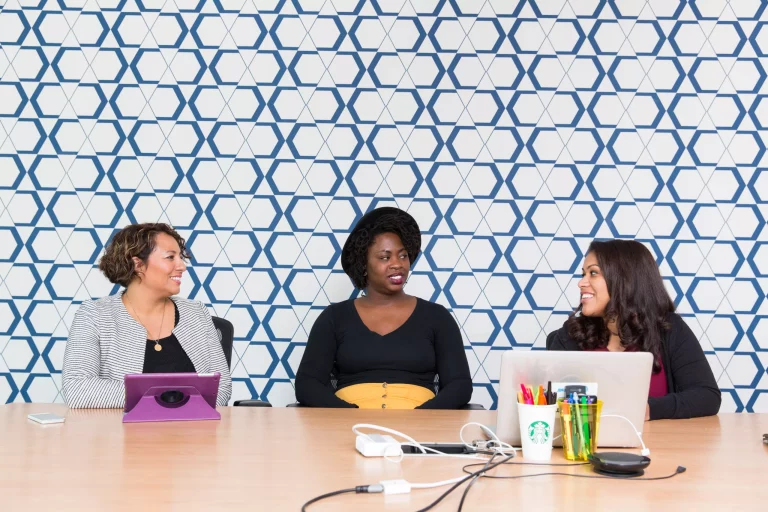Tried-and-true options that are worth the effort.
If gamification looks familiar, it’s probably because you’ve seen someone trying it on your apps or in training sessions.
Gamification refers to using game design elements like points, badges, leaderboards, and challenges in non-game contexts, such as corporate training.
Gamification makes training more engaging and fun. It taps into people’s desires for competition, achievement, and connection.
Gamification of tasks can increase participation, engagement, productivity, and information retention in corporate training programs.
This guide will discuss how gamification in corporate training can bring teams together in the workplace.
Definitions
- Gamification: Using game design elements like points, badges, leaderboards, and challenges in non-game contexts.
- Corporate training: Training programs designed to improve employee skills, knowledge, and abilities related to their jobs.
- Team building: Activities and exercises to improve team communication, problem-solving, trust, and relationships.
The Importance of Gamification for Team Building
Gamification makes training more social and collaborative. Well-designed gamification encourages teamwork, cooperation, and friendly competition. This is something we frequently hear from clients with teamwork training needs.
This brings employees together and builds stronger relationships. Other benefits of using gamification for team building include:
- Increased engagement and participation in training
- Improved information retention and transfer of learning
- Opportunities for team collaboration and bonding
- A fun, energetic training environment
7 Examples of Gamification for Team Building
Here are some of the most compelling examples of using gamification in corporate training for team building:
1. Team tournaments and challenges
Set up friendly tournaments and challenges between teams. Give points for participation, wins, and hitting targets. Offer prizes to the winning team.
2. Multiplayer games
Incorporate multiplayer video games and game simulations into training. These require collaboration and bring people together.
3. Team badges and rewards
Offer badges, points, and rewards to the entire team instead of individuals. This encourages teamwork.
4. Team leaderboards
Display public leaderboards that rank teams on training program participation, points earned, and goals hit. This motivates teams to work together.
5. Group quests
Design training quests that require contributions from everyone on the team to complete. Quests unite groups.
6. Team bonding activities
Build team camaraderie and trust through fun activities like trivia, scavenger hunts, escape rooms, and guided team-building discussions.
7. Peer mentoring and coaching
Have team members coach and mentor each other throughout training. This develops relationships.
Conclusion
Gamification at work is a powerful way to unite teams in corporate training.
Well-designed gamification encourages camaraderie, collaboration, and friendly competition between teams, making training more engaging and impactful.
Companies that leverage gamification build stronger, more united teams that communicate better and work together more effectively.
With 30+ years of training experience, I founded Oak Innovation (oakinnovation.com) in 1995. I help busy training professionals and business managers deliver better training courses in less time by giving them instant access to editable training course material. I received my Bachelor’s and Master’s degrees from University College Cork. I hold qualifications in Professional Development And Training from University College Galway. Clients include Apple, Time Warner, and Harvard University.



















